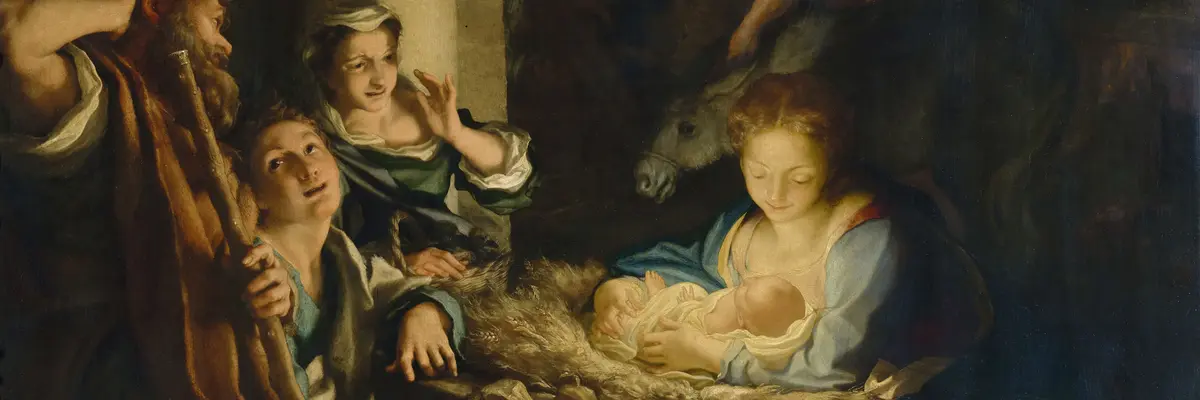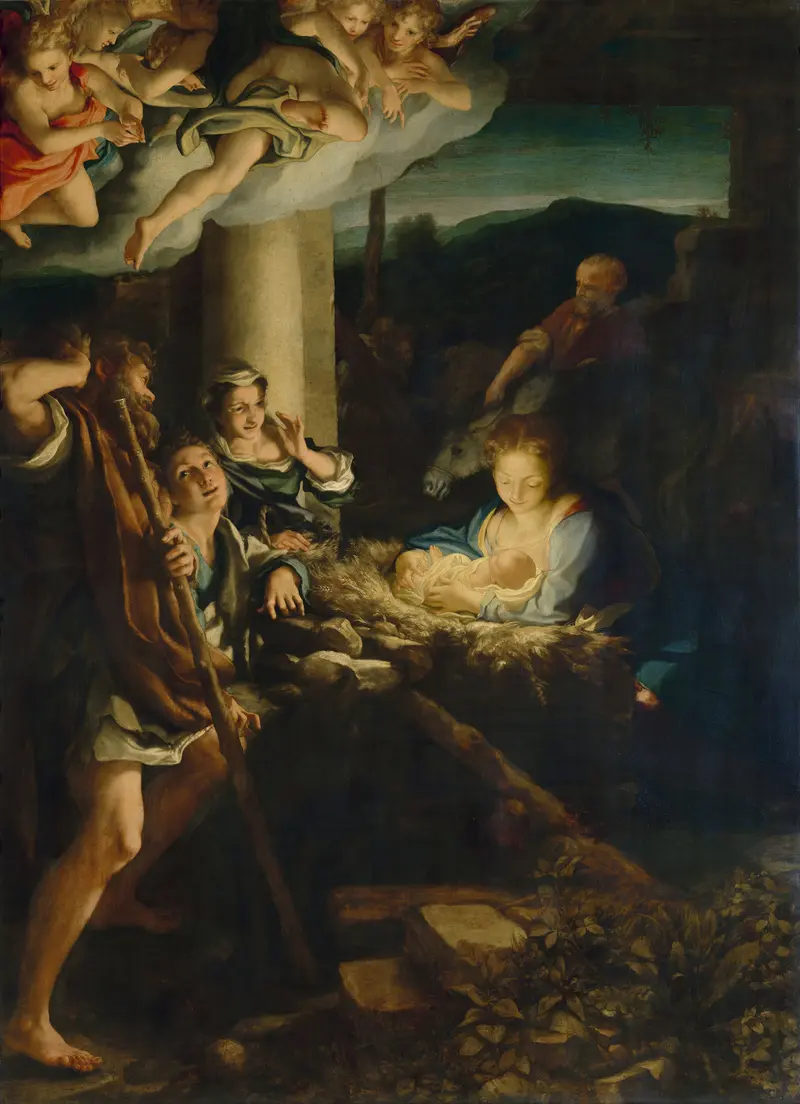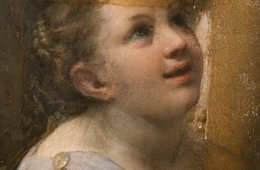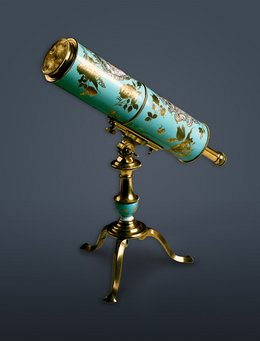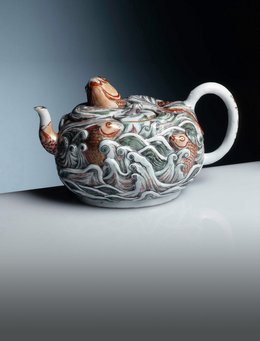Obgleich der in Parma
While his legacy places him on par with artistic titans such as Leonardo, Michelangelo, Raphael, and Titian, his name and works are less familiar to the general public today. Based on the unique collection of his panel paintings in the Gemäldegalerie Alte Meister and the restoration of Correggio’s Madonna of St. Sebastian the exhibition features exceptional international loans from all over the world. This first comprehensive survey of his artistic career ever presented outside of Italy, highlights Correggio‘ s mastery in conveying deep emotion and draws attention to his unparalleled ability to cast the divine in a convincingly human mould.
